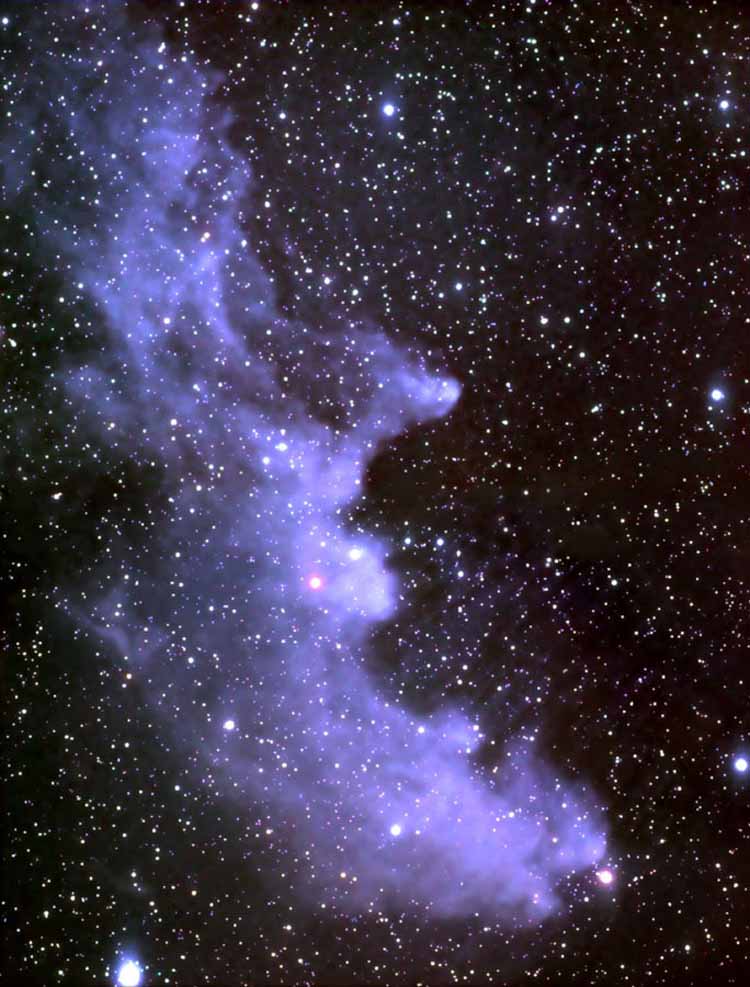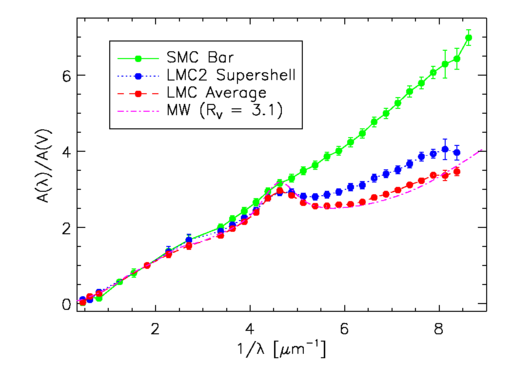Interstellar Extinction
We often see dark bands in pictures taken of the Milky Way such as these:
It was earlier speculated that these regions are devoid of stars. This would be quite strange it it were true. An explanation for this was to be found soon enough.
These dark regions are caused by the presence of dust in the path of the light. This is called extinction.
These are called dark nebulae. Another famous example of such a dark nebula is the

When these dust clouds are present near stars, they scatter and reflect the light form the stars and appear bright. These are known as reflection nebulae.
The The Witch Head reflection nebula (IC2118) is about 900ly from us.It reflects the light from the bright star Rigel in the Orion constellation. Dust in the nebula reflects and scatters the light from Rigel.
The Witch Head reflection nebula (IC2118) is about 900ly from us.It reflects the light from the bright star Rigel in the Orion constellation. Dust in the nebula reflects and scatters the light from Rigel. It appears blue because
1. The blue light from Rigel (B8 type) and
2. Fine dust reflects blue more efficiently than red.
Dust blocks light and we quantified this using the modified formula for the apparent magnitude by including the extinction \(A\) . $$m-M=5\log{\frac{r}{10 \text{ pc}}+A}$$ Remember that:
Extinction \(A\) itself depends on the distance to the source. The greater the distance, the more ISM the light would have to travel through. We saw that $$A = a\times r$$ and that \(a = 2 \text{ mag/kpc}\)
The value of this extinction \(A\) also depends on the wavelength of light \(A=A(\lambda)\). Generally, due to the properties of the generic ISM, UV is absorbed more by it and hence there is an excess of absorption in the UV wavelength. See, the graph below:

Plot showing the average extinction curves for the MW, LMC2, LMC, and SMC Bar. The curves are plotted versus \(1/\lambda\) to emphasize the UV at 217.5 nm.